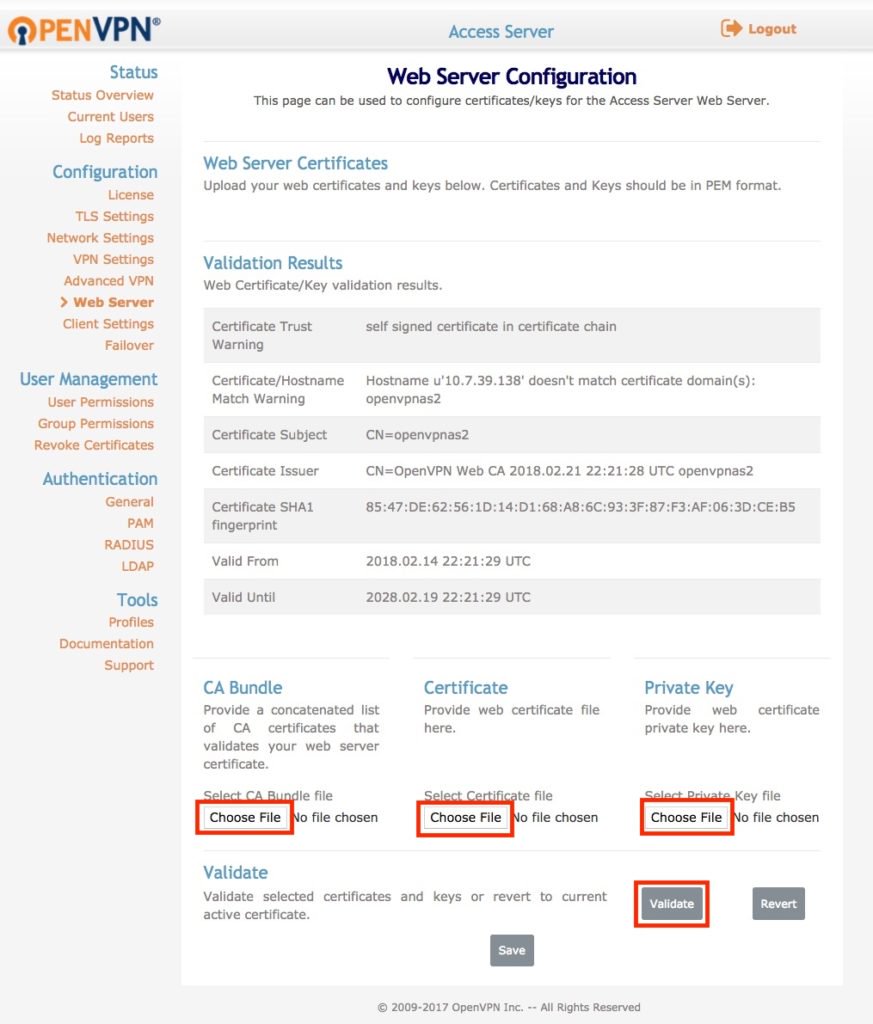Openssl Generate Pem Key From Modulus
13.12.2020 admin
You can use this Certificate Key Matcher to check whether a private key matches a certificate or whether a certificate matches a certificate signing request (CSR). When you are dealing with lots of different certificates it can be easy to lose track of which certificate goes with which private key or which CSR was used to generate which certificate. The Certificate Key Matcher tool makes it easy to determine whether a private key matches or a CSR matches a certificate.
The Certificate Key Matcher simply compares a hash of the public key from the private key, the certificate, or the CSR and tells you whether they match or not. You can check whether a certificate matches a private key, or a CSR matches a certificate on your own computer by using the OpenSSL commands below: The sims 3 key code generator.
openssl pkey -in privateKey.key -pubout -outform pem sha256sum
openssl x509 -in certificate.crt -pubkey -noout -outform pem sha256sum
openssl req -in CSR.csr -pubkey -noout -outform pem sha256sum
Your private key is intended to remain on the server. While we try to make this process as secure as possible by using SSL to encrypt the key when it is sent to the server, for complete security, we recommend that you manually check the public key hash of the private key on your server using the OpenSSL commands above.
All parts of privatekey.pem are printed to the screen. This includes the modulus (also referred to as public key and n), public exponent (also referred to as e and exponent; default value is 0x010001), private exponent, and primes used to create keys (prime1, also called p, and prime2, also called q). The -newkey option tells OpenSSL that you want it to generate a private key as well; if you forget it, OpenSSL will hang waiting for you to input a private key. This will output the certificate to stdout, which is probably not what you want; you should provide a -out parameter as well. $ openssl req -x509 -newkey rsa:2048 -out selfsign.cer. Online jwk to pem online, pem to jwk online. Thanks for using this software, for Cofee/Beer/Amazon bill and further development of this project please Share. Any private key value that you enter or we generate is not stored on this site, this tool is provided via an HTTPS URL to ensure that private keys cannot be stolen, for extra security run this software on your network, no cloud dependency. Check the modulus of an SSL certificate and key with openssl When you create a CSR and private key to obtain an SSL certificate, the private key has some internal data called a modulus. This is integral to the security of your SSL encryption, but for this specific post, we will focus on one specific aspect.

You can also do a consistency check on the private key if you are worried that it has been tampered with. See Hanno Böck's article How I tricked Symantec with a Fake Private Key for how to do this and when this might be useful.
Save
Verify downloaded file
RSA Public Key pad and encrypt
Read ciphertext as Hex chars
Decrypt with RSA Private Key, from binary ciphertext
Decrypt with DES
Convert from ciphertext from hex to ciphertext
Base64 operations
Key Pairs
Convert private key file to PEM file
Print EC private key & extract public key
Read EC public key
Print RSA private key & extract public key
Print the entire certificate
Certificates
Downloaded the leaf certificate from Stackoverflow.com.
Print the entire certificate
Create own cert from Private key
Openssl Generate Key File
Star trek the next generation episode may hold the key. Use own private key to generate a self-signed certificate with it. This command creates a self-signed certificate (domain.crt) from an existing private key (domain.key):
Extract Public Key from Cert as PEM file
Print public key only
Strip the Generic Header and Footer
Extract Public Key from Cert in Hex format
Nginx Self-Signed Cert
Nginx needed the Leaf's Private Key the Leaf's Certificate or a certificate chain.
Whichever choice, I always found PEM files worked better with OpenSSL.

If you hit Expecting: TRUSTED CERTIFICATE error, check you actually chained the Certificates and NOT the Public Keys.
Openssl Generate Pem Key From Modulus 10
Apply the new Leaf Private Key and Certificate Chain:
Openssl Convert To Pem
This all worked fine with Firefox and Safari on macOS. But Chrome gave: Error: 'Subject Alternative Name Missing'. Despite having a trusted Cert Chain (Root CA, Int CA), Chrome stopped the page loading.
To re-generate the files required by Nginx, I used the same Root CA, Int CA and focused on a new leaf that had a Subject Alternative Name. I used Keychain. See the picture below.